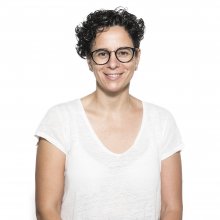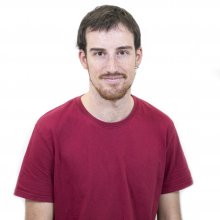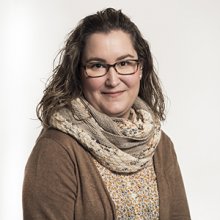Images
Participantes





Contact

DNA damage caused by chemical mutagens is not repaired immediately and can create more genetic diversity in tumours, as lesions pass on unrepaired over several rounds of cell division.
A study by the Liver Cancer Evolution Consortium explores the evolution of tumours after chemical damage, offering interesting insights into how mutational processes work.
The work has been published in the journal Nature.
Tobacco smoke, UV radiation, and certain chemicals are some of the factors that can damage the genetic material of cells, triggering cancer. These factors modify individual letters in the DNA code, called nucleotides. When a cell divides, some of these errors – or lesions – are resolved by a mechanism called DNA repair, but others remain unrepaired and become permanent changes in the DNA, known as mutations. This can result in health problems, such as cancer. Such mutational processes are extremely complex and there are still many unanswered questions about how they work.
A new study led by the University of Cambridge and the University of Edinburgh, with the collaboration of the Biomedical Genomics Lab at IRB Barcelona, has examined the evolution of tumours in mice following chemical damage. The research, published in the journal Nature, shows that DNA lesions caused by chemical damage are not eliminated immediately, but are passed on unrepaired through several rounds of cell division.
Lesion segregation
The researchers also found that, during cell division, the two DNA strands – each with its own set of lesions and mutations, are separated into two daughter cells with different patterns of DNA changes. During further rounds of replication, the lesions repeatedly generate new combinations of mutations. “This process, which we named lesion segregation, is very revealing to understand how mutations occur, a key step in the evolution of cancer,” says Nuria López-Bigas, head of the Biomedical Genomics Lab at IRB Barcelona.
The researchers used the DNA-damaging chemical diethylnitrosamine to induce liver tumours in mice and then analysed the tumour genomes.
“Persistent DNA lesions induced by chemotherapeutic agents segregate and produce several generations of further mutations. We need to be aware of this therapeutically, and in future drug development," says Martin Taylor from the University of Edinburgh’s MRC Human Genetics Unit.
The Liver Cancer Evolution Consortium
The Liver Cancer Evolution Consortium comprises five laboratories: one from the European Bioinformatics Institute, one from Cancer Research UK, two from the Medical Research Council in Scotland, and the Biomedical Genomics Lab at IRB Barcelona. “This work is a great example of collaborative science, where scientists with different fields of expertise in biology work together to move science further,” says Oriol Pich, a PhD student at IRB Barcelona who participated in the study.
SOURCE: EMBL-EBI.
Reference article:
Sarah J. Aitken, Craig J. Anderson, Frances Connor, Oriol Pich, Vasavi Sundaram, Christine Feig, Tim F. Rayner, Margus Lukk, Stuart Aitken, Juliet Luft, Elissavet Kentepozidou, Claudia Arnedo-Pac, Sjoerd V. Beentjes, Susan E. Davies, Ruben M. Drews, Ailith Ewing, Vera B. Kaiser, Ava Khamseh, Erika López-Arribillaga, Aisling M. Redmond, Javier Santoyo-Lopez, Inés Sentís, Lana Talmane, Andrew D. Yates, Liver Cancer Evolution Consortium, Colin A. Semple, Núria López-Bigas, Paul Flicek, Duncan T. Odom & Martin S. Taylor
Pervasive lesion segregation shapes cancer genome evolution
Nature (2020) DOI:10.1038/s41586-020-2435-1
IRB Barcelona
El Instituto de Investigación Biomédica (IRB Barcelona) trabaja para conseguir una vida libre de enfermedades. Desarrolla una investigación multidisciplinar de excelencia para curar el cáncer y otras enfermedades vinculadas al envejecimiento. Establece colaboraciones con la industria farmacéutica y los principales hospitales para hacer llegar los resultados de la investigación a la sociedad, a través de la transferencia de tecnología, y realiza diferentes iniciativas de divulgación científica para mantener un diálogo abierto con la ciudadanía. El IRB Barcelona es un centro internacional que acoge alrededor de 400 científicos de más de 30 nacionalidades. Reconocido como Centro de Excelencia Severo Ochoa desde 2011, es un centro CERCA y miembro del Barcelona Institute of Science and Technology (BIST).



